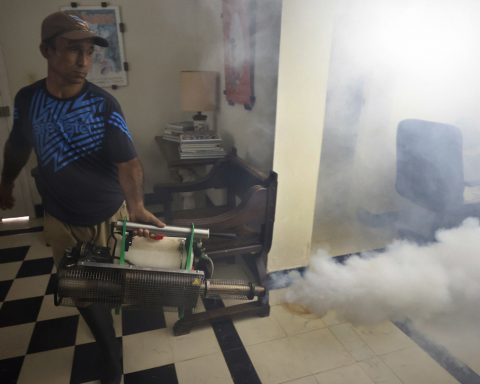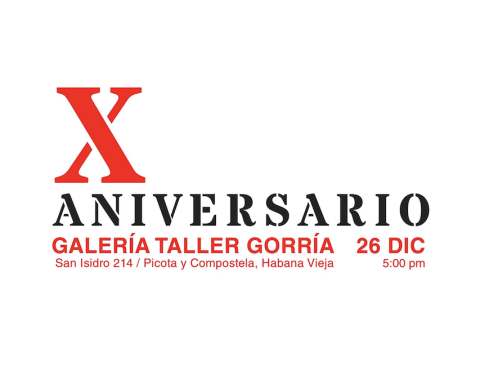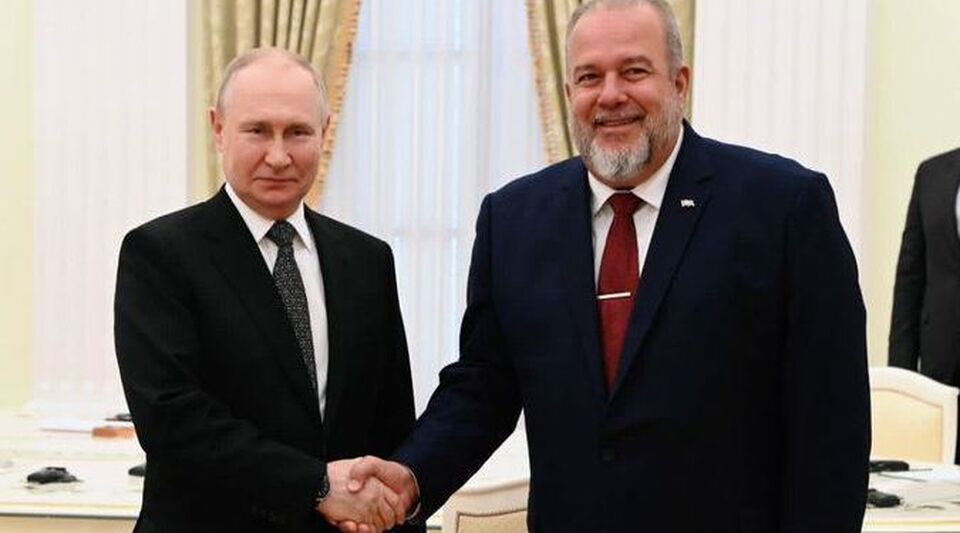MADRID, Spain.- The composer and musician Manuel Corona Raimundo, born in Caibarién, Villa Clara province, on June 17, 1880, left a legacy that lives on in Cuban culture, and especially in traditional trova.
Considered one of the four greats of Cuban troubadour song, along with Sindo Garay, Alberto Villalón and Rosendo Ruiz from Santiago, Corona’s creations ─dedicated to women, love, disappointment─ symbolize and recall an era.
For women, in addition to the emblematic “Longina”, “Santa Cecilia” and “Mercedes” ─popularized by Maria Theresa Vera (Guanajay, February 1895 – Havana, December 1965), another essential of the troubadour song of the Greater Antilles─, Corona composed many more pieces such as “Adriana”, “Graciella”, “La Alfonsa”, “Aurora ”, “Divine Woman”, “To Nena”, “La niña”, “Dulce mía”, “To Albertina”, “What Josefina was”, “To Rosa”, “Say goodbye, Matancera”, “My revered virgin ”, “A Flora”, “Angelina” and “Cachita”.
Cataloged as being very enamored, Manuel Corona, who arrived in Havana at a very young age as a tobacco factory supervisor, also made quite a few of the so-called musical responses or rebellious compositions, to numerous of his contemporaries and compatriots, such as “Gela amada”, in response to “Gela hermosa”, by Santiago guitarist Rosendo Ruiz, and “Ausencia sin olvido” as a contrast to “Ausencia”, by Jaime Prats from Sagüero. He cultivated, among other musical genres representative of Cuban identity, the guaracha, the guaracha-son, habaneras and criollas.
Manuel Corona died on January 9, 1950, at the age of 69, in total poverty, in a room at the back of the Jaruquito bar, in Marianao, Havana, a victim of tuberculosis and alcoholism. The mourning farewell was in charge of the notable Cuban musician Gonzalo Roig. His remains were in the Havana cemetery until 1968, the year in which they were transferred to his native Caibarién.














